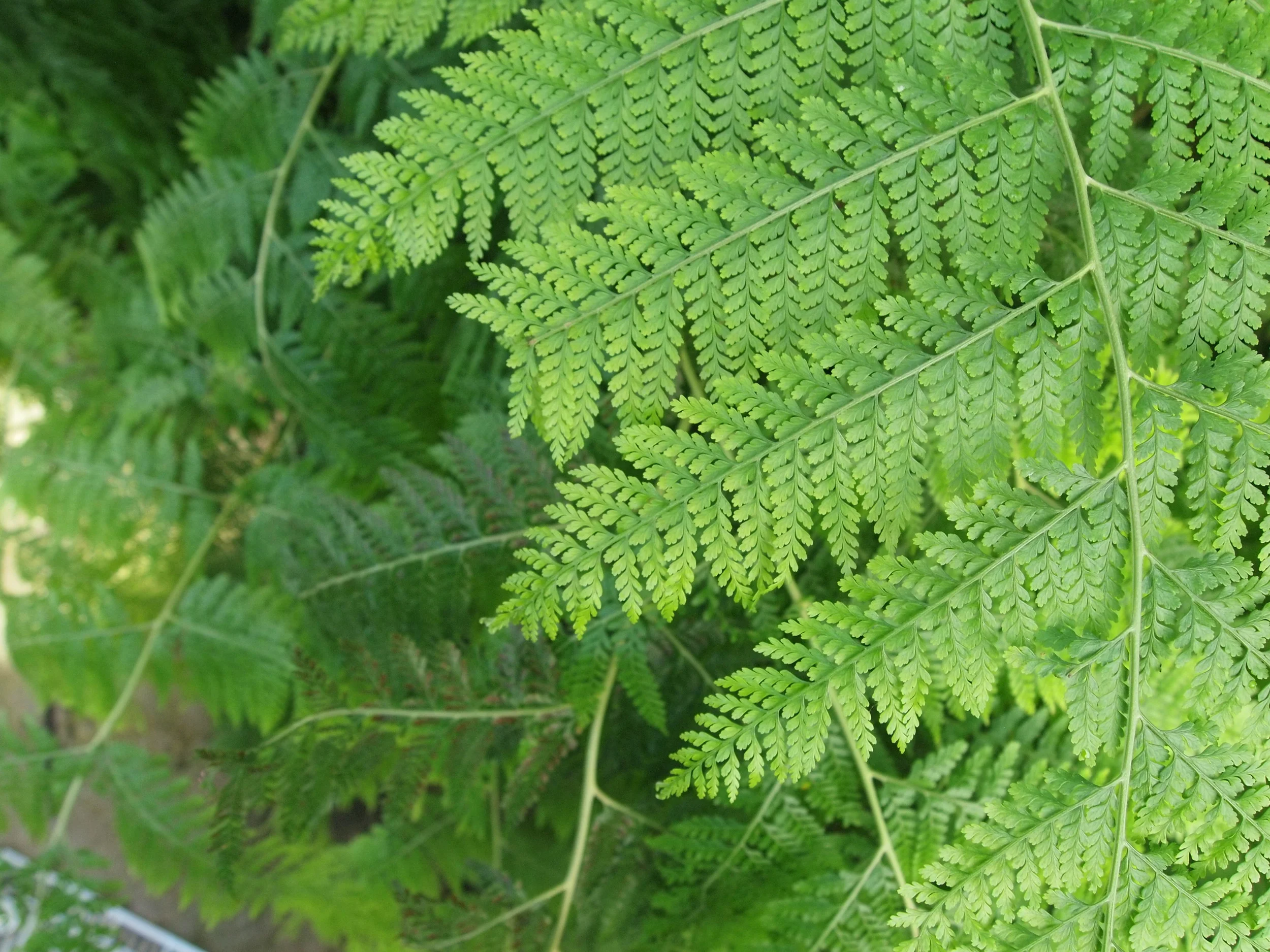My process for this was to bake the gingerbread on sheets of parchment and then pour the sugar without removing the gingerbread from the parchment. My thinking was that it would create a seal of some kind and prevent the sugar from seeping. I think this was helpful but not entirely necessary. We also did a test on the silicone mats and it worked just fine, I just preferred the texture of the parchment to the texture of the mats.
It's important to get the sugar to the hard crack stage, otherwise it will get goopy and not stay in the windows. You really need a candy thermometer for this, otherwise you could end up with droopy windows, or alternatively, caramel. We use this basic one; if you look at the image of it through the link, you'll see that it labels the different sugar stages for you, which makes things easier. For hard crack you need to get to 300°. Regardless of reaching this stage, as time goes on, exposure to the air will make your glass a little more frosted than completely clear. Additionally, it will be sticky. I think that is just the way that it is.
There is a narrow temperature window to get this right. You could probably do it by sight, but only after having a lot of experience. While doing it, I thought it was interesting that the heating stalls in the mid 200°s, I read it's because that is when the water evaporates off, and then the sugar starts to heat again. There is certainly a lot of excitement going on in that little saucepan.
I have a few tips for doing this successfully.
- Lay out all of your gingerbread pieces ahead of time. I thought I only had enough sugar to do a few pieces but then it just kept flowing and I had to find flat surfaces in a hurry. Just expect it to go further than you'd think, that way you'll be prepared.
- Use a spatula to smooth the sugar, and fill in the corners.
- Put the sheets of gingerbread down on a cookie sheet or a stove top, I don't know if this would have happened, but I was a little worried about pouring sugar onto parchment that was sitting right on the laminate counter tops in my apartment. What is the melting point of laminate? I don't know, but I feel better protecting it a little. If you did this right on silicone mats you might be ok to pour on the counter top.
- Communicate and try to stay calm with your partner (good advice for life). Getting a major sugar burn may put a damper on your fabulous gingerbread house.
- Don't be afraid to put your sugar back on the burner and heat it up a bit more. We tried it and it seemed to work well. We pushed the first pour too long and ended up with a few chunky windows. When you do this try to keep the sugar off of the stove top, I'm still scrubbing burnt sugar at this point
Poured Sugar Proportions
We doubled this recipe and it filled all of our windows, if I were to do it again I would keep the single batch rather than rushing to pour all of the windows in one go.
Bring to a boil in a saucepan and heat to 300°.
- 1 cup granulated sugar
- 1/3 cup water
- 1/3 cup light corn syrup
So, are you ready to try it? The product was pretty satisfying, even though the process was a little stressful. Do you have any triumphs in the kitchen like this, or do you have any tips for pouring sugar? Let us know!






























